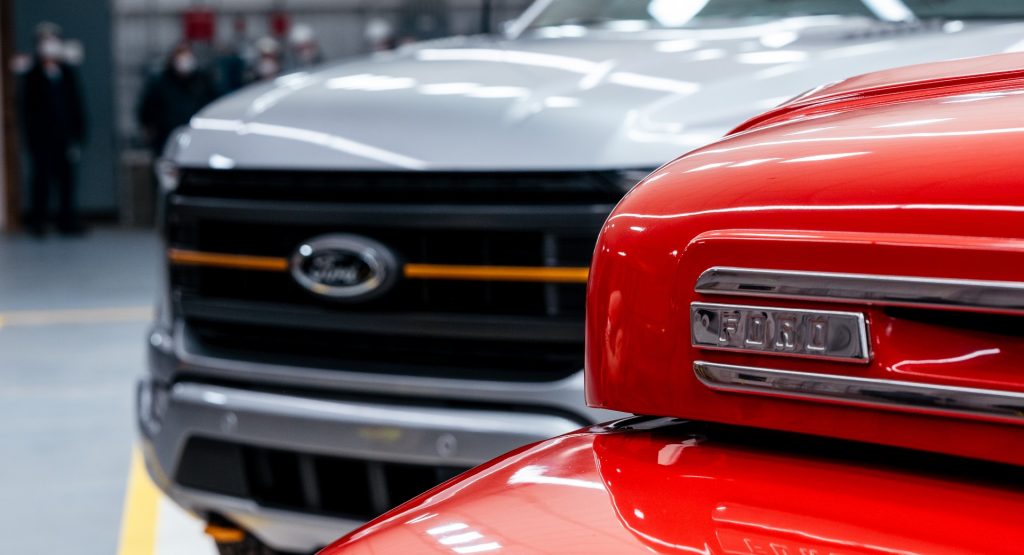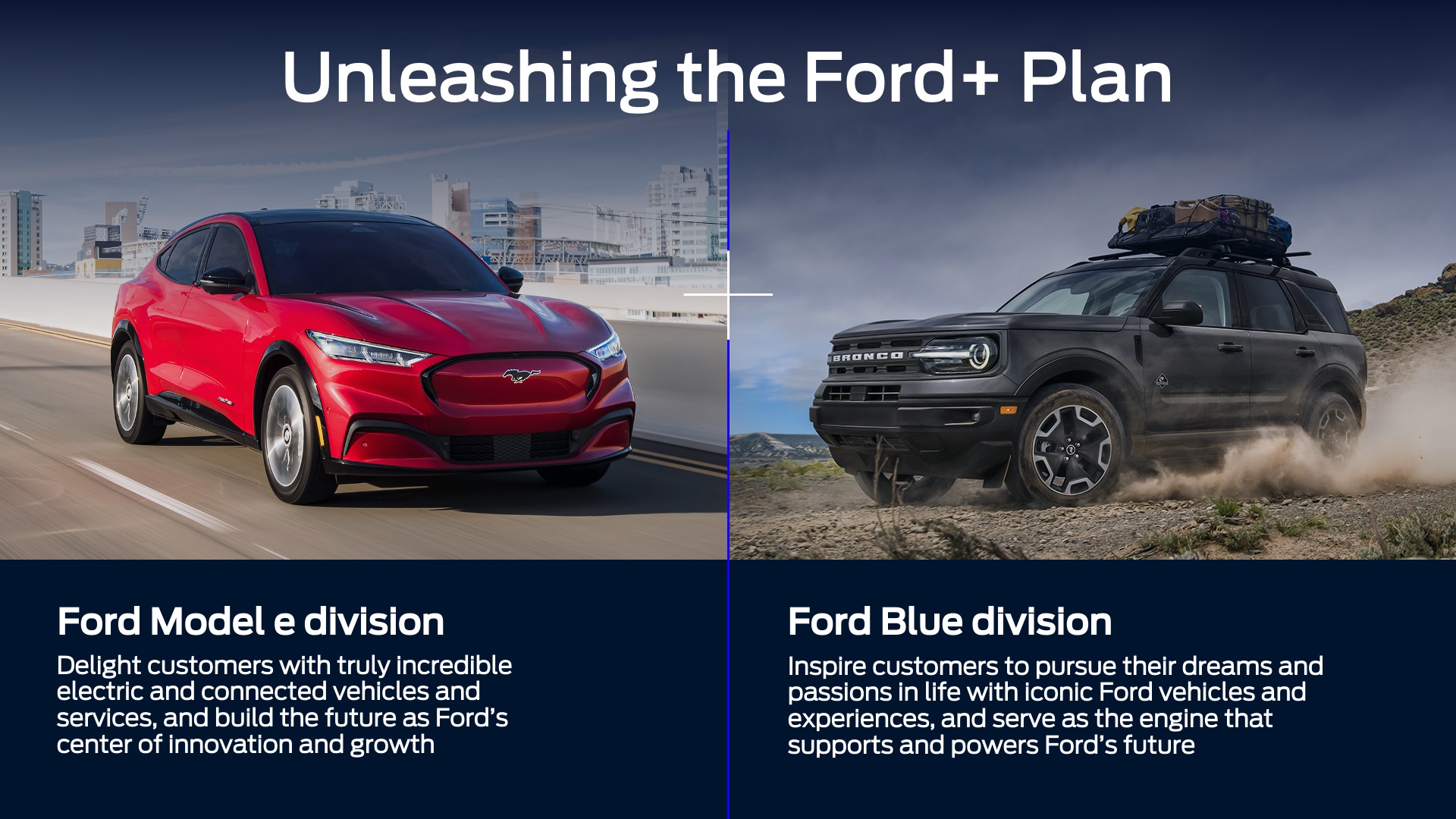Ford is making a dramatic plan for its future and it requires a big shift away from convention. More than a week ago rumors suggested that Ford might spin-off an all-electric sub-brand or split their ICE and EV businesses into separate divisions and yesterday, Ford made it official. Jim Farley, CEO of Ford, has now made more public comments about the future of the carmaker and why the transition was an important one.
Farley highlighted the need to have a dedicated focus on building the best possible products regardless of whether the product in question runs on electricity or uses an internal combustion engine. Speaking to Fox Business Network’s Varney & CO. he said “you can’t compete against Tesla if people work from 9 to 10 on electric cars. You need the focus and expertise to be world-class.”
“We’ve tried to do both, and now we’re making a commitment to go to two million electric vehicles by 2026 in four short years. That’s one product cycle. To do that we need a completely dedicated focus team.” he continued.
Read Also: How Ford Killed Tesla’s SEX Drive Taking The “Model e” Trademark
Certainly, the Mustang Mach-E has proven that Ford can build a high-quality EV but Ford can’t rest on its laurels. Demand is only increasing and when asked about going head to head against Tesla, Farley was definitive and clear.
“We just started to compete, and to be honest, Stuart, this is a new initiative. We just came out with the Mustang Mach E. It’s already a huge hit. We’re trying to ramp production, but we have two other vehicles that aren’t even out yet. While they’re just commercially being available now, the Mustang E we have 200,000 orders. We’re going to go to 150,000 units in the next year, so for F-150, and we have the E-Transit coming. So you know Tesla’s been at it a while. We’re just ramping up production, but this is what we do.”
So splitting the brands will allow the EV side of the business to grow faster than if team members had to split time between two distinctly different platforms. The internal combustion side isn’t set up for failure though. It’s also going to get dedicated focus from its side because ” a lot of these ICE products are not going to go electric any time soon. We’re going to invest in both” says Farley.
That will include some $50 million to EVs and “embedded electrical architectures to upgrade those so we can update all the vehicles remotely and do that on the ICE side, too.” We’ll have to see what the long-term fruits of this division end up being but from here it sounds like both sides will see significant benefits.





